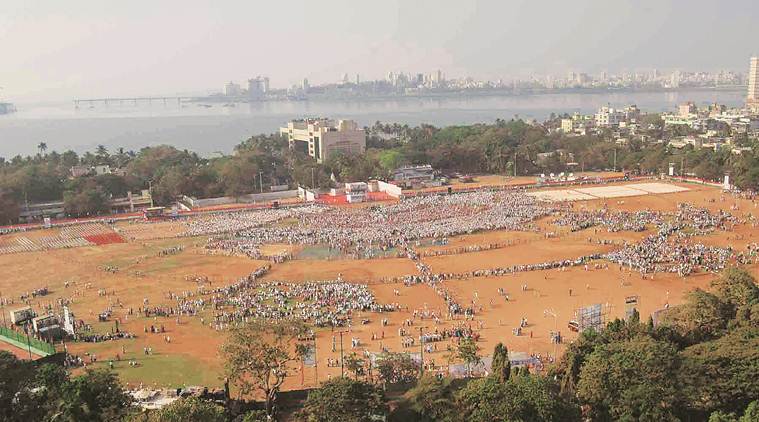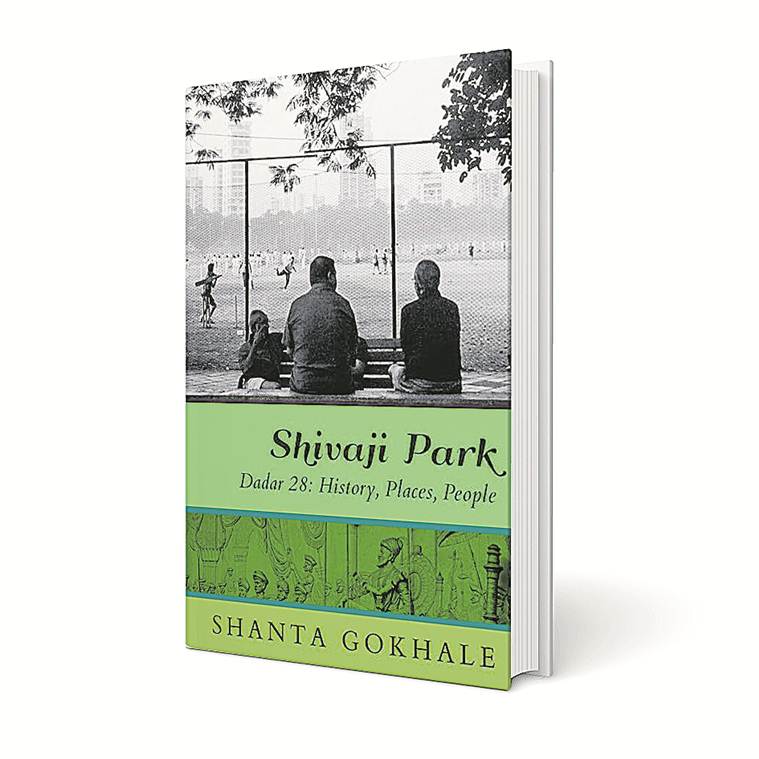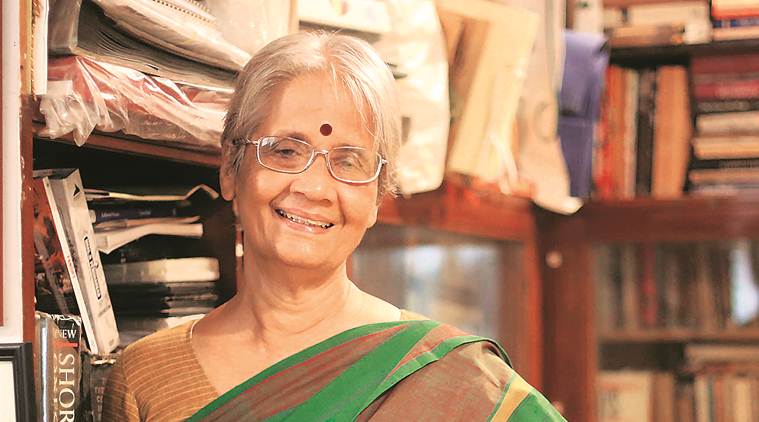 Shanta Gokhale’s portrait of Shivaji Park restores the neighbourhood’s heterogeneous character, starting with some of the earliest historical evidence of the people who migrated here when Mumbai was still a cluster of islands and the only “natives” were fisherfolk and Adivasis.
Shanta Gokhale’s portrait of Shivaji Park restores the neighbourhood’s heterogeneous character, starting with some of the earliest historical evidence of the people who migrated here when Mumbai was still a cluster of islands and the only “natives” were fisherfolk and Adivasis.
What Pune is to Maharashtra, Shivaji Park is to Mumbai. That’s the common assumption, at least. The neighbourhood of Shivaji Park is named after one of the largest maidans in the city and boasts of effective urban planning that allows the sea breeze to filter through, canopied pavements and Art Deco houses. If young liberals are not tempted to rent a place here, it is because the area is often thought of as a Maratha heartland, synonymous with the nativist politics of both the Shiv Sena and the Maharashtra Navnirman Sena (MNS).
In her new book Shivaji Park – Dadar 28: History, Places, People (Speaking Tiger Books, Rs 499), Shanta Gokhale corrects this myopic view through a documentarian effort peppered with personal experiences. “In the course of writing this book, I began remembering things from the earliest days, which, in the normal course you don’t because you are too busy living in the present. A whole lot of things returned. Shivaji Park is seen as a predominantly Marathi neighbourhood, which it was and continues to be. But, there have been enough people here who are Maharashtrians but not necessarily Marathi-speaking,” says the 80-year-old writer.
Gokhale’s portrait of Shivaji Park restores the neighbourhood’s heterogeneous character, starting with some of the earliest historical evidence of the people who migrated here when Mumbai was still a cluster of islands and the only “natives” were fisherfolk and Adivasis.
 The cover of her book Shivaji Park – Dadar 28: History, Places, People.
The cover of her book Shivaji Park – Dadar 28: History, Places, People.
Gokhale has lived in Shivaji Park’s Lalit Estate, a building known by its curved verandahs, for precisely 78 years of her life. Growing up in this fiercely cosmopolitan neighbourhood, she feasted on Mama Pereira’s East Indian lunches, woke up to the sound of Kohinoor Mill’s siren and had Tamil children as her playmates. “Lalit Estate itself was a communal mix,” writes Gokhale, while she refrains from turning the book into a personal memoir, providing only the choicest recollections.
The modern layout of the Park has a grimy past. Gokhale notes that after the devastating plague epidemic of 1896-97, the Bombay City Improvement Trust (BCIT) attempted to decongest the city. Plots in the precinct were sold and a grassy meadow was thrown open as a park in 1925. It was called Mahim Park, but the name stuck on only briefly. In 1927, the tercentenary year of Shivaji’s birth, the park was renamed on popular demand, led by a Congress corporator and freedom fighter, Avantikabai Gokhale.
 Shanta Gokhale (Express photo by Pradip Das)
Shanta Gokhale (Express photo by Pradip Das)
In modern India, the Shiv Sena, which was launched by Bal Thackeray in 1966 in this very place, has relentlessly renamed several localities and structures, invoking the name of Shivaji. Its politics, like that of the MNS, has often involved campaigning against “outsiders”. Has Sena Bhavan, the office of the party, therefore changed the character of the area? Gokhale says, “If I were a sainik, I would know what it exactly means to Shivaji Park. Not being a sainik, I see it from the outside and that is why I say that it doesn’t impinge on our lives. Sena Bhavan is not my truth at all. I keep calling Shivaji Park a democratic space for the same reason because most of us from the ’60s to the ’80s thought highly of the musicians and filmmakers who lived here, not so much about the politicians.”
In allegiance to the cultural connotations of Shivaji Park, Gokhale features several notable figures. The late engineer NV Modak, who envisioned the Vaitarna Dam; cricket guru Dronacharya Acharekar; and music director C Ramachandra are just some of the names. However, the star of Gokhale’s book is the park itself, serving as a metaphor of inclusiveness. Gokhale brings up the katta, the low kerb around the park, which has its own dynamic. She calls it a beloved seating and sleeping arrangement, and anyone who has been to this area knows what she is talking about — it’s a great leveller, where an affluent Gujarati merchant will share space with a peanut vendor.
Gokhale’s Lalit Estate flat and Shivaji Park are witnesses to her prolific writing — the author is well-known for her theatre criticism and translations. What does it mean to be a writer rooted in one place for all her life? “As a young girl, I didn’t need the space. But later, when I married the second time, and by then my children were growing up, we were confined to a single room and that’s when I began to feel I needed space — one that I could command and occupy as a writer. It was only 20 years ago that I found the space and it allowed a whole lot of writing to flower. Before that, it wasn’t easy,” says Gokhale.